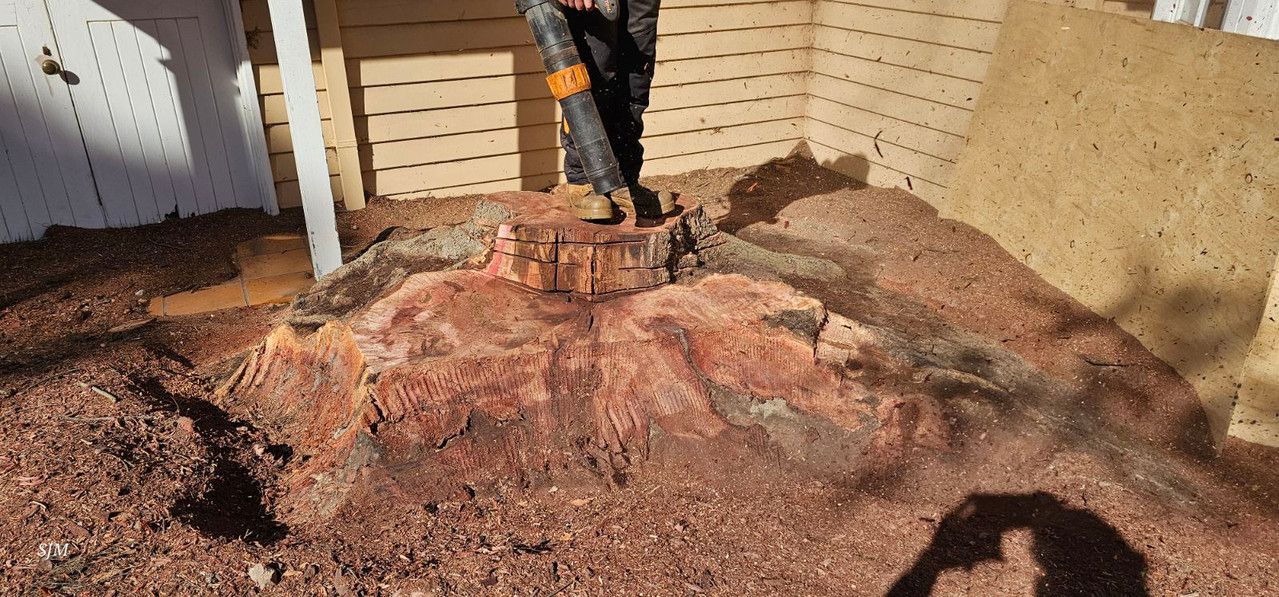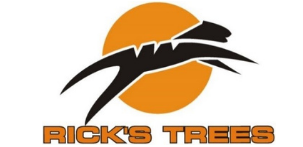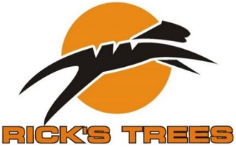When to call a tree surgeon: Warning Signs You Shouldn't Ignore.
Trees are vital to any property, offering natural beauty, shade, and environmental benefits. However, when a tree becomes hazardous, it can threaten safety and property. If you’ve ever witnessed a tree fall in your garden or neighbourhood, you’ll understand how crucial immediate action is to prevent further damage. Similarly, identifying the warning signs early can save you from potential storm damage or unexpected accidents.
In Canberra and surrounding areas, where seasonal weather can bring high winds and heavy rains, proactive tree care is essential. This guide will help you recognise tree hazards, decide when removal is necessary, and understand the importance of
hiring professional arborists to handle the job safely.
Is Your Tree in Trouble? Spotting the Early Signs
Understanding the warning signs can help prevent a small issue from becoming a major safety risk. Trees rarely fall without giving some indication of structural or health problems. By recognising these symptoms, you can take timely action to protect your property and loved ones.
Changes in the Bark
A tree’s bark acts as its outer armour, protecting it from pests, diseases, and environmental stress. Visible signs such as peeling, cracks, or hollow sections may indicate internal decay or structural weakness. These are early warnings that your tree could be unstable and at risk of falling.
If you notice these signs, it’s time to contact a certified arborist for
a professional tree assessment. Our team in Canberra and surrounding areas will inspect the tree thoroughly to determine whether it needs removal or if
remedial action can save it. While an assessment may involve a small cost, it’s far better than facing the potential damage or injury a falling tree could cause.
Dead or Dying Branches
Dead branches are one of the most obvious signs of a tree in trouble. These brittle branches can snap and fall without warning, especially during high winds or ferocious storms. Fallen branches can cause significant damage to property, vehicles, or people.
Professional arborists like us can evaluate the extent of the problem and determine whether only the branches need to be removed or if the entire tree is compromised. Don’t delay—dead branches can lead to larger issues, including decay spreading to the trunk or roots.
Mushrooms or Fungi at the Base
Mushrooms or fungi growing at the base of your tree are often a sign of internal decay or root rot. While not all fungi are harmful, some, like Honey Fungus, can indicate severe structural problems. Honey Fungus is linked to Armillaria root rot, a condition that weakens a tree’s roots and can cause it to fall unexpectedly.
Decaying roots mean the tree’s foundation is unstable, posing a significant hazard to nearby structures, vehicles, or pedestrians. If you notice fungi or mushrooms near your tree, contact our expert team for a detailed inspection. Early intervention can prevent accidents and may save you costly repairs.
Pest Infestations
Pests such as Emerald Ash Borers, bark beetles, and leaf beetles can weaken your tree from the inside out. These insects feed on the wood, causing structural damage that is often invisible until it’s too late. Infested trees are not only a danger themselves but may also attract pests into your home, leading to additional headaches and expenses.
Our certified arborists have experience identifying and managing pest-related tree damage. If you suspect your tree is infested, act quickly to minimise the risk of collapse and further infestation.
Leaning Trees
A leaning tree is a clear sign of potential danger. While some trees naturally grow at an angle, a sudden or significant lean often indicates weakened roots or loose soil. This instability makes the tree more likely to fall, especially during storms or high winds.
Even healthy trees may require removal if they pose a risk to nearby structures, power lines, or access paths. Our arborists can assess whether your leaning tree can be stabilised or if removal is the safest option.
Understanding Risk: When a Tree Poses an Immediate Threat
Even without obvious signs of damage, some trees may need to be removed for practical or safety reasons. These include:
- Proximity to Power Lines: Trees growing too close to power lines pose a fire hazard and may disrupt electricity services.
- Property Development: Trees may obstruct construction or renovations.
- Obstructing Views or Access: A tree may block access to driveways, footpaths, or desirable views.
In such cases, our team can provide expert advice on safe and efficient tree removal tailored to your needs.
Expert Help: Avoiding Risks with Professional Tree Removal Services
Tree removal is not a DIY task, particularly when dealing with large, mature, or hazardous trees. Certified arborists possess the knowledge, skills, and equipment needed to safely and efficiently remove trees while minimising risks to people and property.
Here’s why hiring professionals in Canberra and surrounding areas is essential:
Thorough Risk Assessments
Before any tree removal, we conduct a comprehensive assessment to evaluate the tree’s condition, size, and location. Factors like nearby structures, power lines, and accessibility are carefully considered to ensure a safe removal process.
Safe Removal Techniques
Tree removal involves more than just cutting it down. Improper techniques can lead to accidents, property damage, or environmental harm. Our team uses advanced equipment and industry best practices to ensure a seamless and secure removal.
Certified and Insured Services
Our arborists are fully certified and insured, giving you peace of mind that the job will be completed to the highest standards. Certification ensures that we stay up-to-date with the latest techniques and safety measures.
Minimising Environmental Impact
Whenever possible, we aim to minimise the environmental impact of tree removal. This includes recycling wood and advising on suitable replacement trees for your property.
What to Expect: Our Professional Tree Removal Workflow
When you contact us for tree removal services, here’s what you can expect:
- Initial Assessment: Our arborists evaluate the tree’s condition and discuss your requirements.
- Quotation: We provide a detailed, obligation-free quote outlining the scope of work and costs.
- Preparation: Our team prepares the site, ensuring the safety of nearby structures and people.
- Safe Removal: Using specialised equipment, we remove the tree in sections to minimise risks.
- Site Clean-Up: We remove debris and leave your property clean and tidy.
Hiring an Arborist? Here’s What to Consider
When selecting a tree care professional, ensure they meet the following criteria:
- Local Expertise: Familiarity with the specific challenges in Canberra and surrounding areas.
- Certifications and Insurance: Verify their credentials and coverage.
- Positive Reviews: Look for customer testimonials or referrals.
Our team ticks all these boxes, offering reliable and professional tree care services across Canberra and surrounding regions.
Ready to Help: Expert Tree Removal Services Just a Call Away!
Don’t wait for a potential hazard to escalate into a costly disaster. Whether your tree is showing signs of damage or you need proactive maintenance, our certified arborists are here to help.
Contact us today for a free, no-obligation quote. With our expertise and commitment to safety, you can rest assured that your property is in good hands.
Tree Talk



